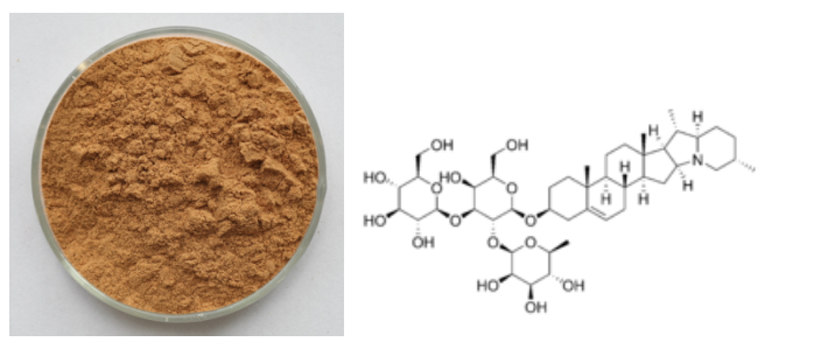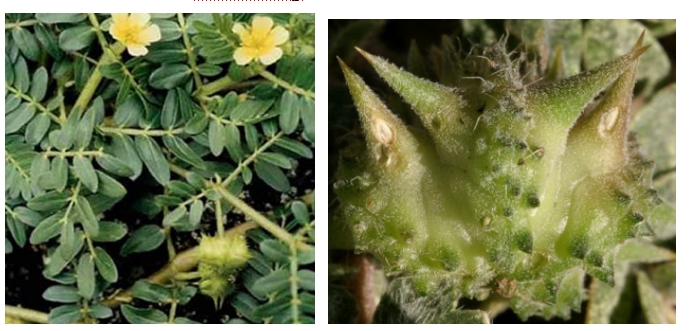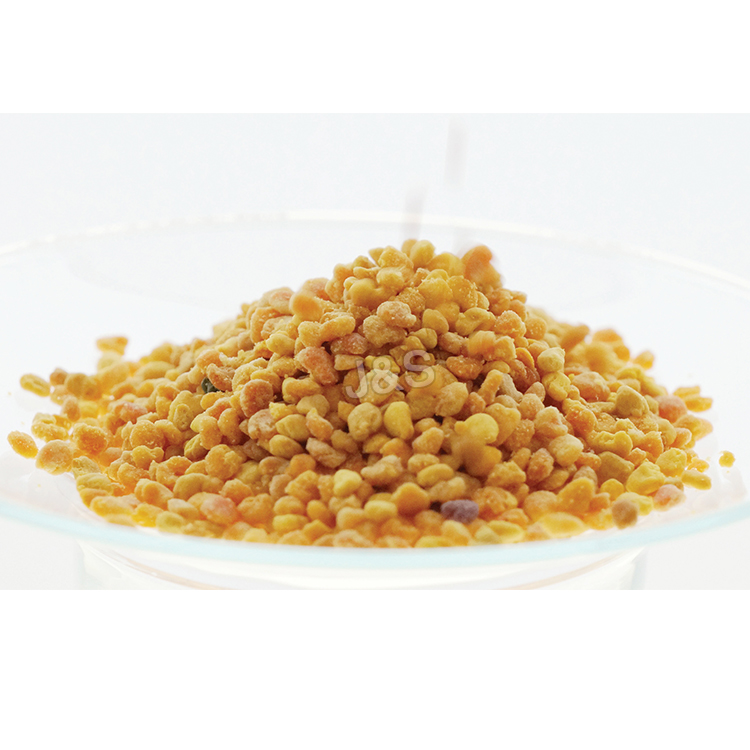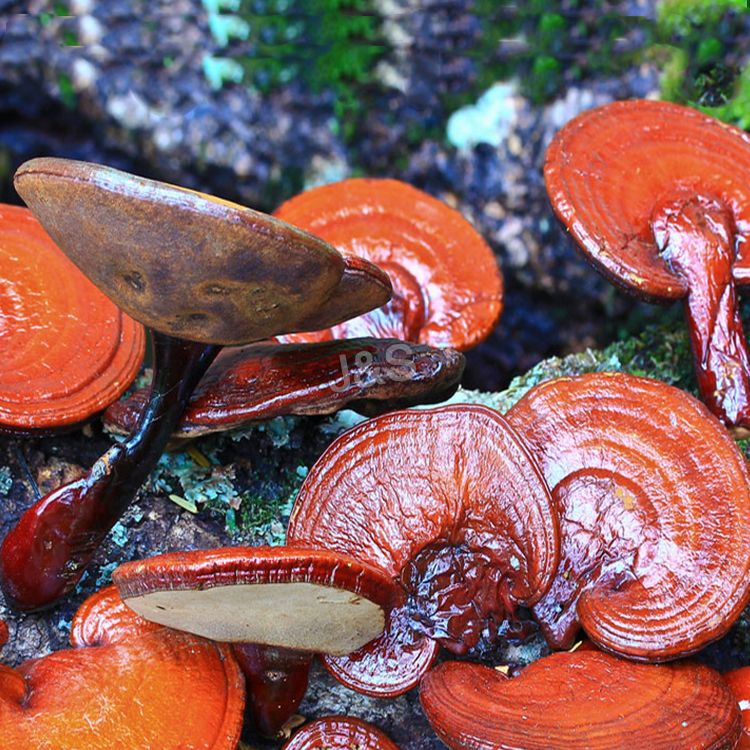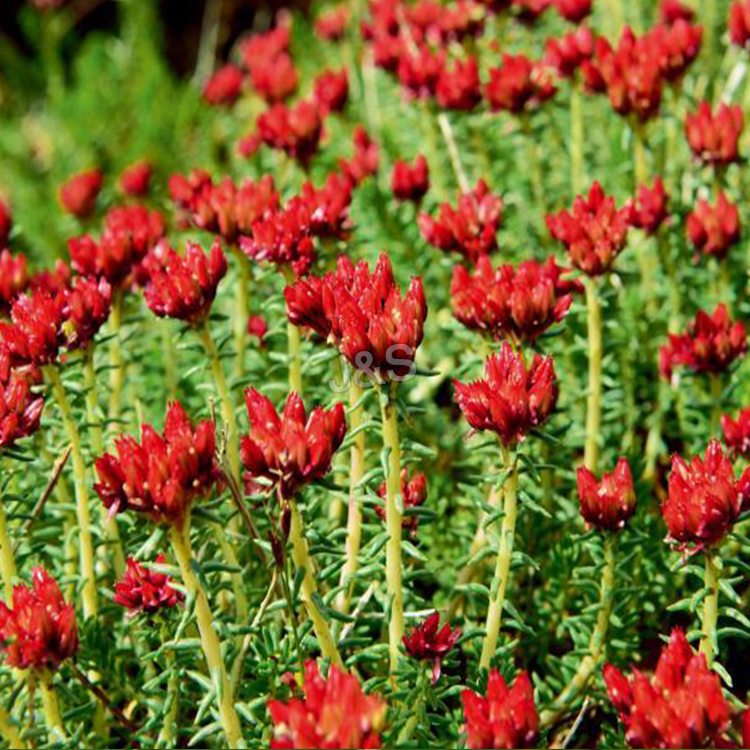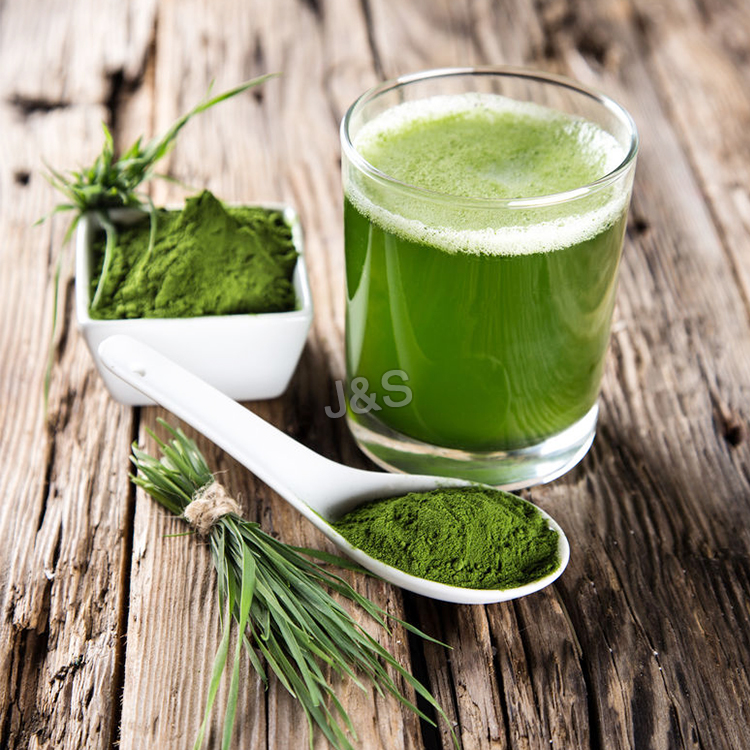Well-designed Tribulus terrestris extract in Roman
Well-designed Tribulus terrestris extract in Roman Detail:
[Latin Name] Tribulus terrestris
[Specification] Saponins 90%
[Appearance] Brown powder
Plant Part Used: Fruit
[Particle size] 80Mesh
[Loss on drying] ≤5.0%
[Heavy Metal] ≤10PPM
[Storage] Store in cool & dry area, keep away from the direct light and heat.
[Shelf life] 24 Months
[Package] Packed in paper-drums and two plastic-bags inside.
[Net weight] 25kgs/drum
[What is Tribulus terrestris?]
Tribulus terrestris is a vine that has been used as a general tonic (energy) and herbal treatment for impotence, but is found primarily in dietary supplements marketed for increasing testosterone levels in bodybuilders and power athletes. The idea behind tribulus is that it may increase testosterone levels indirectly by raising blood levels of another hormone, luteinizing hormone.
[Function]
1) Enhance men’s sexual ability.
2) Relieving muscle spasm and cramps;
3) Anti-myocardial ischemia and cerebral ischemia;
4) Relieving stress , regulating blood fat, and reducing cholesterol;
5) Promoting sex gland hormones;
6) Anti-aging and anti cancer;
7) Diuretic, anti-calculus of the urethra, reducing the risk of urinary stone disease and disorder;
8) Promoting muscle growth efficiently, helping the body to be strong and letting muscle to play potential role.
Product detail pictures:
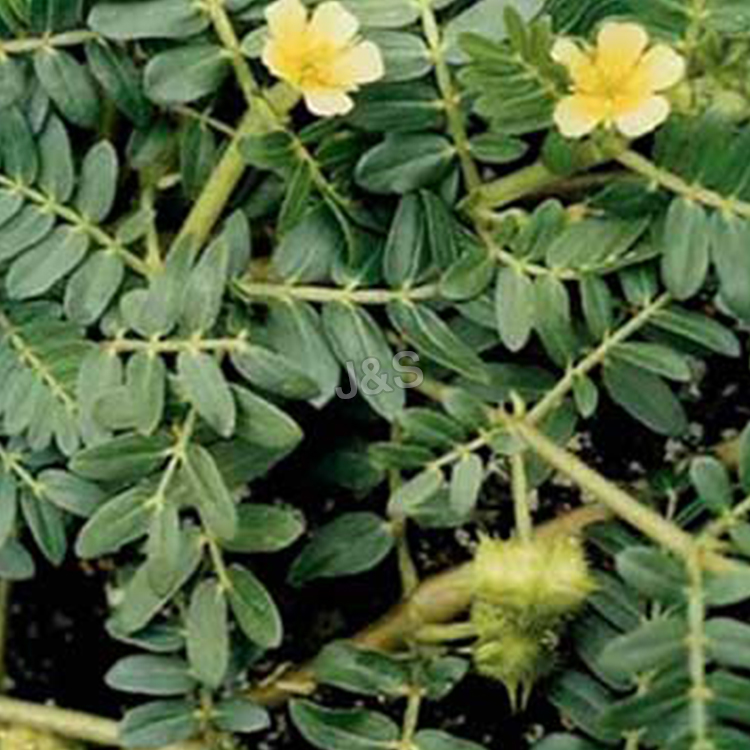
Related Product Guide:
We now have many fantastic staff members customers superior at advertising, QC, and working with varieties of troublesome problem within the generation system for Well-designed Tribulus terrestris extract in Roman , The product will supply to all over the world, such as: UK, Norwegian, Palestine, Our staffs are adhering to the "Integrity-based and Interactive Development" spirit, and the tenet of "First-class Quality with Excellent Service". According to the needs of every customer, we give customized & personalised services to help customers achieve their goals successfully. Welcome clients from home and abroad to call and inquire!
Denamarin tablets for dogs and cats helps support liver health and helps cell repair and regeneration by protecting the liver cells from cell death caused by liver damage. Denamarin may also be used in other areas of tissue oxidant injury caused by certain toxins or drugs. Denamarin contains S-Adenosylmethionine (SAMe) and silybin. The tablets come in three different strengths; for cats and small dogs, for medium dogs, or for large dogs.
Time for a brief primer on tea
Tea is the second most commonly consumed beverage in the world after water, and comes from the leaves of the plant camellia sinensis, or camellia assamica. C. sinensis teas are associated with Asian nations such as China, Japan, and Taiwan. C. assamica teas are associated with regions of India. The word “tea” in several languages is “cha.” In India and much of Eurasia, tea is called “chai.” So, when you ask for chai tea, you’re asking for “tea tea.”
White tea is harvested in early spring, and often comes from the buds of immature leaves before they can open. It’s the least processed type of tea, and generally has the lowest caffeine. It is steeped at a low temperature, usually 145-164 degrees farenheit, for a short period of time, about 2-3 minutes. Some types of white tea include bai mudan, shou mei, silver needle. White tea contains high levels of polyphenols and catechins, but its research usually overlaps with green tea. Proposed benefits include cancer prevention, reduction of LDL cholesterol, and weight loss, but the research has not yielded convincing results. There is no formal definition for white tea, but it’s generally accepted that a white tea is one that is only dried, usually in natural sunlight, and it is never allowed to oxidize. White teas come primarily from the Fujian province of China.
Green tea is also harvested early and the methods vary, but processing is kept minimal. This results in teas with high antioxidant and polyphenols. Green tea is most famous for the polyphenol EGCG (or epigallocatechin gallate), which is proposed to cure pretty much everything from obesity to cancer. Most research on tea is done in Asia, so the results are not generalizable, and most designs have been observational, so causation can’t be established. A 2013 Cochrane review concluded that green tea lowers total and LDL cholesterol concentrations, and a separate review saw green tea consumption decrease risk of all-cause mortality. Green tea extracts have been linked with possible liver damage and toxicity, but these have been extreme situations involving highly concentrated extracts of green tea compounds taken over long periods of time.
Oolong tea is an in-between tea. It can be minimally processed, like a green tea, or as heavily oxidized as a black tea. Some types of oolong tea include iron goddess, golden osmanthus, pouchong, and xiao hong pao. Its caffeine content can vary widely based on where it is grown, but this is true for all teas. It’s thought to protect against tooth decay, and possibly to help cholesterol levels, but research is not clear.
Black tea is the most processed tea, and generally has the highest levels of caffeine. It is also the most common and well-known tea variety in the West. Types of black tea include assams, darjeelings, ceylons, and Earl Grey (which is mixed with oil of bergamot). In China, what we consider black teas are frequently called red teas; Chinese black tea is fermented, and is call pu’erh. Black teas are thought to protect against heart disease, neurodegenerative diseases, lung disease, and cancer.
Herbal and rooibos blends, also known as tisanes, are not true teas, as they do not contain the camellia sinensis plant. Their proposed benefits are numerous, but have not been subjected to significant research, and the blends vary so widely that research would be difficult in the first place; for example, chamomile blends are thought to assist with allergies and sleep, but research has not supported this claim. Another oddball in the mix is kombucha, a fermented beverage. Japanese kombucha contains no tea, it is made from fermented kombu kelp. Western kombucha is Russian or Chinese-style mushroom red tea, which is a fermented black or green tea.
There’s countless varieties and blends of tea worldwide. For every type, there’s bound to be hype regarding its health benefits, but regardless of how beneficial these beverages turn out to be, they are steeped in culture and history, and are perfectly enjoyable either way.
That’s it! Thanks for watching.
The product classification is very detailed that can be very accurate to meet our demand, a professional wholesaler.
